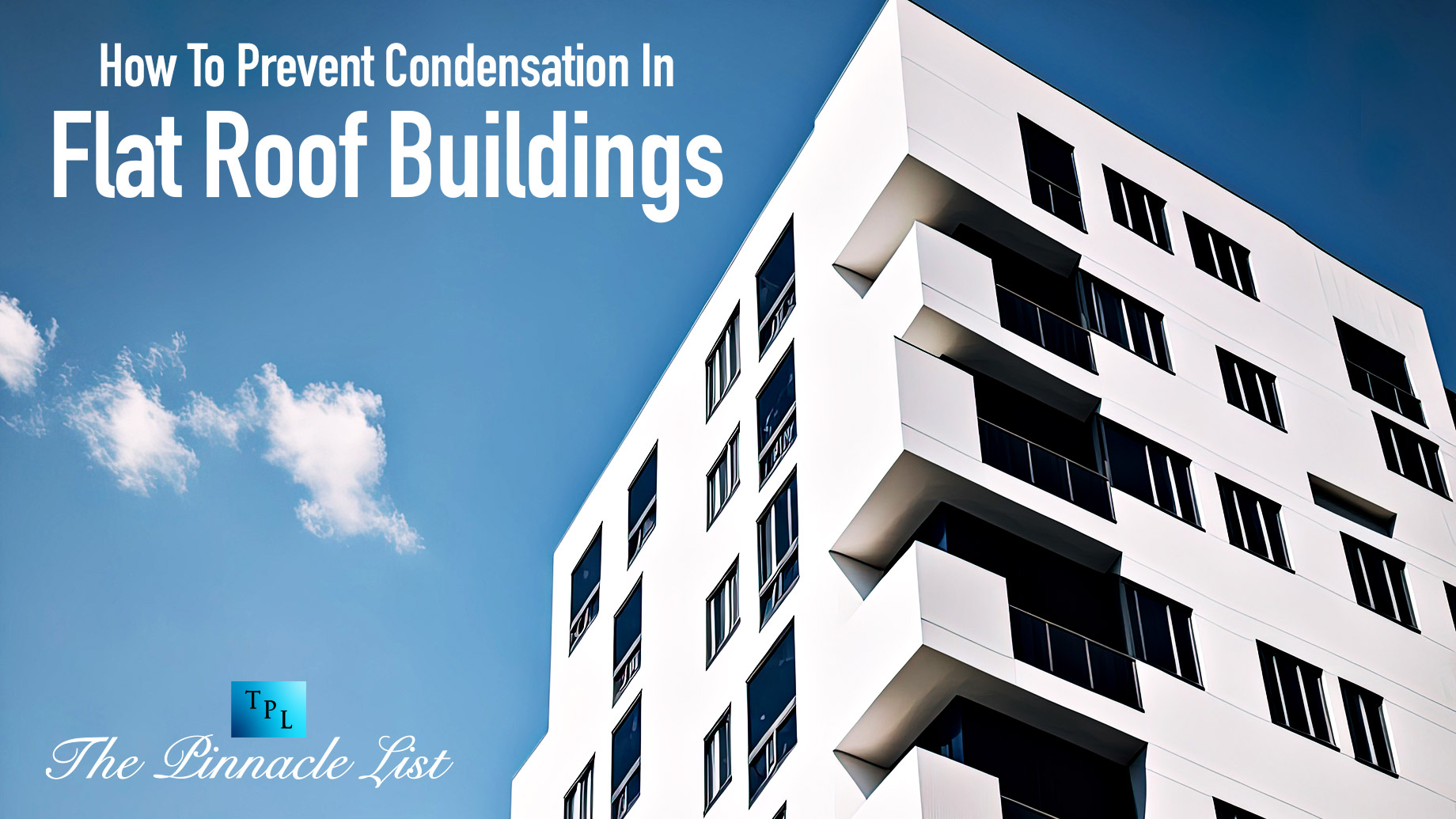
Flat-roof buildings are popular for their aesthetic appeal and functionality, but they are prone to water damage and dampness problems. Damp can cause a host of issues, including mold growth, rotting of the roof, and damage to the structural integrity of the building. Therefore, it is crucial to prevent dampness in flat-roof buildings. In this article, we will explore the causes of damp in flat roofs and ways to prevent it.
Causes of Damp in Flat Roofs
Flat roofs are more prone to damp problems than pitched roofs because water tends to accumulate on the surface of the roof. The most common causes of dampness in flat roofs include:
- Poor Drainage: One of the main causes of dampness in flat roofs is poor drainage. If the roof is not designed to allow water to drain properly, it can accumulate and seep into the building.
- Cracks and Holes: Cracks and holes in the roof allow water to seep in, which can cause dampness problems. These can be caused by aging, weathering, or poor installation.
- Poor Ventilation: Poor ventilation can cause moisture to accumulate in the roof space, leading to dampness problems.
- Insufficient Insulation: Insufficient insulation can cause condensation to form, leading to damp problems.
Prevention of Damp in Flat Roofs
Preventing dampness in flat roofs is essential for the longevity of the building. Here are some ways to prevent dampness in flat roofs:
- Proper Drainage: The roof should be designed to allow water to drain off quickly and efficiently. This can be achieved through the installation of a drainage system, including gutters, downspouts, and drains. Regular maintenance of these systems is also essential to ensure that they function correctly.
- Regular Inspection: Regular inspection of the roof is necessary to identify any cracks or holes that may allow water to seep in. This should be done by a professional roofing contractor who can identify and repair any issues before they become more significant problems.
- Ventilation: Proper ventilation is crucial in preventing moisture buildup in the roof space. A well-ventilated roof will allow moisture to escape, reducing the risk of dampness problems. Ventilation can be achieved through the installation of roof vents, soffit vents, or ridge vents.
- Insulation: Proper insulation can prevent condensation from forming in the roof space, reducing the risk of dampness problems. Insulation should be installed correctly, and the thickness should be appropriate for the building’s needs. A flat-roof vent can prevent this – see here https://www.rubberroofingdirect.co.uk/cold-deck-flat-roof-vent.html
- Regular Maintenance: Regular maintenance of the roof is crucial in preventing dampness problems. This includes cleaning gutters and downspouts, repairing any cracks or holes, and inspecting the roof for any signs of damage.
- Waterproofing: Waterproofing the roof is an effective way to prevent dampness problems. This can be achieved through the installation of a waterproof membrane or coating on the roof surface.
Conclusion
Preventing dampness in flat roofs is crucial to maintain the structural integrity of the building and preventing health problems caused by mold and mildew growth. Proper drainage, regular inspection, ventilation, insulation, regular maintenance, and waterproofing are some of the ways to prevent damp problems in flat roofs. By implementing these measures, you can ensure that your flat roof building remains dry and free from damp problems for years to come.